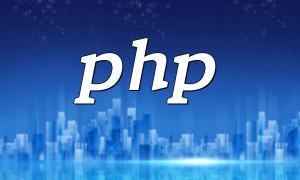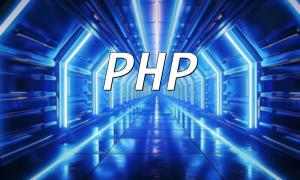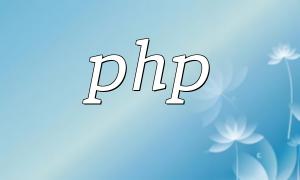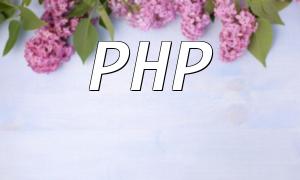This article provides a detailed guide on how to install PHP7 on a Linux system. PHP is a widely used open-source scripting language, particularly for web development. By following this guide, you'll be able to successfully configure PHP7 and set up a solid foundation for your development projects.
Before installing PHP7, make sure your Linux system is updated to the latest version. You can update the system using the following commands:
sudo apt update && sudo apt upgrade
Running this command will automatically install the latest software packages and security updates.
Before installing PHP7, ensure that all the necessary dependencies are installed. You can install them using the following command:
sudo apt install software-properties-common
This step is crucial for managing and adding software sources, ensuring that your system can correctly install the required packages.
To install the latest PHP7 version, you need to add the official PHP repository. You can do this by running the following command:
sudo add-apt-repository ppa:ondrej/php
After adding the repository, don't forget to update the package list by running the following command:
sudo apt update
Once the previous steps are completed, you can begin installing PHP7 using the following command:
sudo apt install php7.4
You can install other versions of PHP7, such as PHP7.3 or PHP7.2, by simply changing the version number in the command.
After installation, you can verify that PHP7 has been successfully installed using the following command:
php -v
If the installation is successful, the system will display the PHP version information.
To meet various development needs, you might need to install some common PHP extensions. Here are the installation commands for some frequently used extensions:
sudo apt install php7.4-mysql sudo apt install php7.4-xml sudo apt install php7.4-mbstring sudo apt install php7.4-curl sudo apt install php7.4-zip
After installation, make sure to restart your web server (Apache or Nginx) to load the new extensions.
By following the steps in this guide, you should be able to successfully install PHP7 on your Linux system. This process will establish a solid foundation for your web development environment. If you encounter any issues, feel free to refer to relevant documentation or seek help from the community.
We hope this guide on installing PHP7 on Linux helps you set up your development environment and get you started on the right foot with PHP7!









